In 1998 the Good Friday Agreement was signed and peace was restored in Ireland after 800 years, it was Jean Kennedy Smith’s strength, among others who made this a reality.
Former congressman Bruce Morrison, author of the Morrison Visa program was also a leading figure in the Irish peace process and the American role. Here he reveals just how critical the late Jean Kennedy Smith was in the astounding success of that process.
The great pitcher and American sage Satchel Paige once asked: “How old would you be if you didn’t know how old you are?” With the passing of Jean Kennedy Smith, I find myself thinking: Who would you be if no one knew your family?
Every obituary of Jean Kennedy Smith leads with she was the last of the legendary children of Joseph P. and Rose Fitzgerald Kennedy. Certainly newsworthy and also true.
But it shortchanges her.
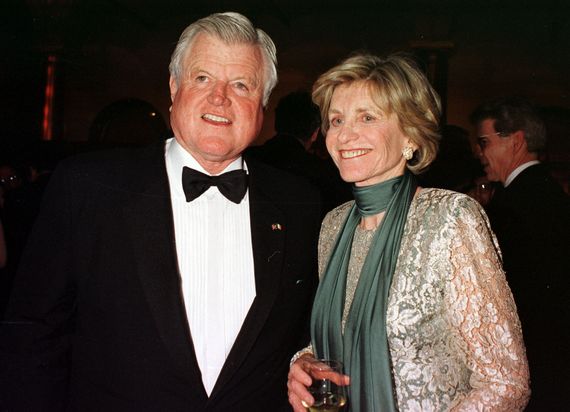
Senator Ted Kennedy and his sister Jean Kennedy Smith.
When Bill Clinton needed to win the NY primary in 1992, he asked my help. We’d gone to law school together, and he knew that the Immigration Act of 1990, which I wrote in the House and negotiated into law along with Ted Kennedy, included the “Morrison visa” program, which especially benefited the Irish. He asked what he could do to get NY Irish-Americans to vote for him.
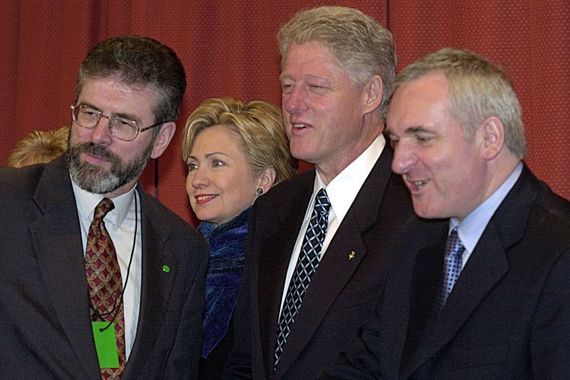
Gerry Adams, Hillary and Bill Clinton and the then Taoiseach (PM) Bertie Ahern.
I told him: allow Gerry Adams, the leader of Sinn Fein, to get a visa to come to the US. I said – the British will object, the State Department will condemn terrorism: but if you’re going to make peace, you need to be open to the uncomfortable. He won the NY primary – and the White House.
Read more: Gerry Adams remembers "extraordinary" Jean Kennedy Smith
When my friend and classmate became President, he did a wise thing and made Jean Kennedy Smith the US Ambassador to Ireland.
The obituaries all say this was because her brother was Ted Kennedy, which is also true. Yet it completely misses the point.
Her brother may have gotten her the job. What matters is that she got the job done. It wasn’t easy.
As a private citizen, I was at the Cambridge Conference of the British Irish Association in the summer of 1993, shortly after Smith had been confirmed as Ambassador. I felt like an outsider among the elite, listening to a dialogue about ending The Troubles that didn’t include any of the people who were The Troubles. I am confident that everyone in the room felt that Jean Kennedy Smith was just a figurehead, yet also one of them: an irony that would have been lost on them.
Then, at a break in the meeting, she asked me to go for a walk. She realized she needed to hear voices that were not in the room – which was the moment I realized our Ambassador to Ireland was no figurehead.
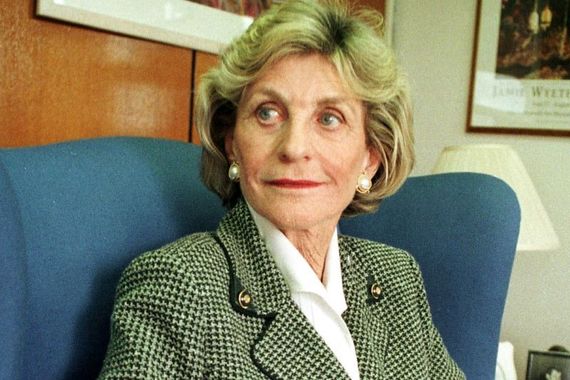
Jean Kennedy Smith photographed in 1997.
She knew that I had been insisting that President Clinton keep his promise to allow Adams into the United States, which the State Department – her agency, after all – adamantly opposed.
She didn’t ask me to back off. She didn’t say that Bill Clinton didn’t need pressure from the likes of me. She had actually listened to what Clinton had been saying, so she could do her job.
That’s why she wanted to know if Gerry Adams could be trusted. She knew I’d gotten to know him. She had not. She wanted to know what he was good at.
That struck me on a level that resonated. It’s the kind of thing someone who knows and respects people asks because they understand it’s not the elite – not even Kennedys – who ultimately make the changes that constantly remake the world.
I told her Adams had never misled me. That he was good at politics, so seeking a political solution to The Troubles wasn’t just the right thing to do – it was also a natural fit for his skills and character.
From that moment, Jean Kennedy Smith was an ally to the “Peacerunners” – those of us who, without any official sanction at all, kept going from Sinn Fein to Protestant militia, to the British government and the Irish government and the American government, asking each “what do you want?” and keeping the dialogue moving, despite it all.
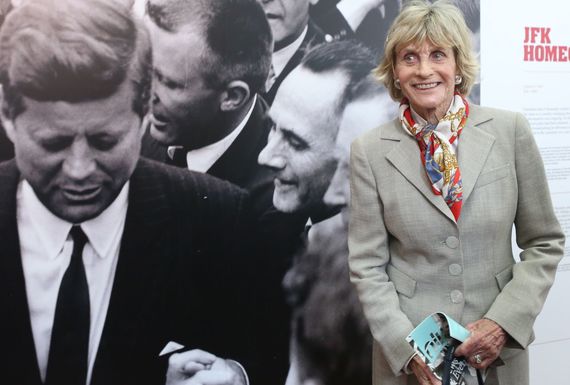
Jean Kennedy Smith, photographed at the JFK Homecoming exhibition in Ireland.
When Adams applied for a visa in January 1994, the State Department opposed it – including her own staff. She dismissed them. The British government staged a full-court press to prevent it. She didn’t care. She persuaded her brother the Senator, who in turn brought along most of the Irish-American establishment.
Within a year the Peacerunners helped negotiate a ceasefire without conditions, directly contrary to longstanding British and American policy toward The Troubles. The ceasefire stuck.
That led to the 1998 Good Friday Agreement, negotiated by George Mitchell.
Ending The Troubles in Ireland – which lasted 800 years -- is one of the great achievements of the late 20th century.
No one person made that happen. But there was an individual – not her fame, not her name – who at a crossroads turned the wheel toward peace: Jean Kennedy Smith.
Read more: Irish America Hall of Fame - Jean Kennedy Smith
* Bruce A. Morrison is a former member of Congress from Connecticut who helped broker the 1994 ceasefire in Northern Ireland.
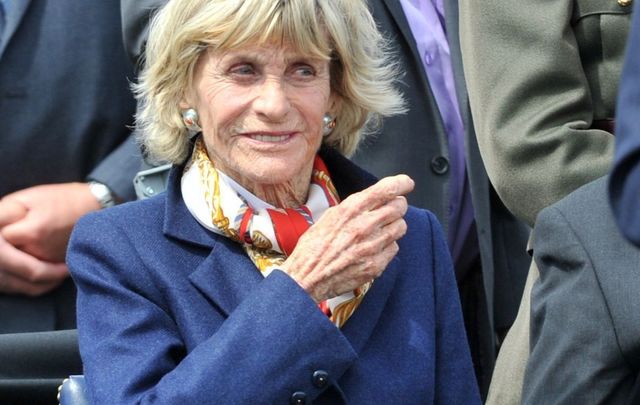



Comments